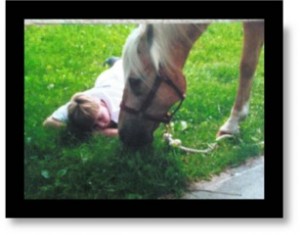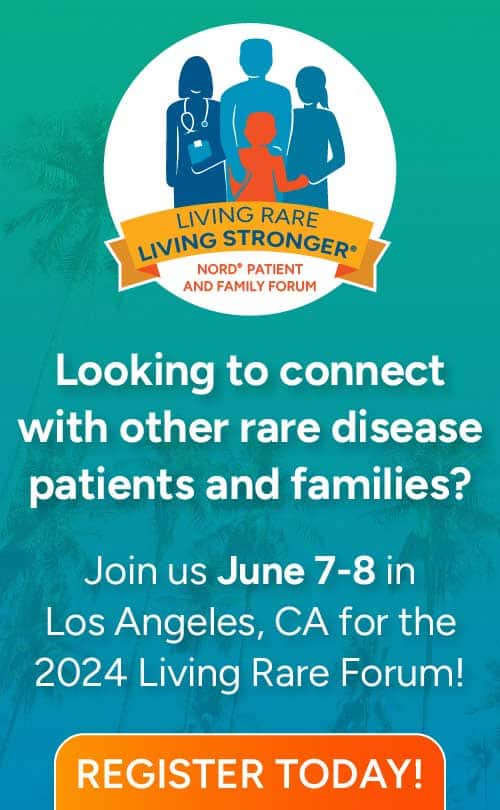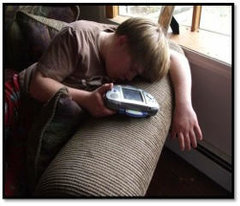When a psychiatrist diagnosed Robyn Fell’s toddler on the Autism spectrum, she was in shock. “It’s not that I was in denial,” she explained, “my son, Zan, did have many unusual behaviors.” A personality that included an insatiable obsession with certain toys, an inability to accept changes in routines and a gift for remembering names and events long after they occurred.
“But I have known individuals with autism,” Robyn continued, “and Zan seemed to be almost opposite in other ways.” The most noticeable difference was Zan’s eagerness to please people, especially adults and more specifically, his mom and teacher. “His early school years were the hardest. Although we used picture schedules and social stories, most educators could not manage his need for undivided attention, not to mention his constant napping throughout the school day.” In fact, Zan changed schools five times in the first seven years of his education.

But, by far, the most difficult struggle was Zan’s inability to sleep all night. Robyn put a toddler bed next to hers. “I was so afraid I would not hear him get up and that he would hurt himself while I was asleep.”
More than one pediatrician brushed Robyn’s concerns off as an over protective mother. But Robyn did find solace with other autistic families and joined a newly formed support group in her town. “One month I could not attend, so my mom went to the meeting. She showed up at my door that night with a pamphlet.”
The pamphlet, “Understanding Smith-Magenis Syndrome,” was created by the support organization PRISMS (Parents and Researchers Interested in Smith-Magenis Syndrome). Another family had given Robyn’s mom a copy when she mentioned Zan’s prolonged tantrums and his sleeping problems.
Robyn will forever remember that night. “I stood in my kitchen reading a piece of paper that described every symptom I had witnessed over the previous thirteen years. Zan walked by and said, ‘Hey, that’s me!’ and pointed to a photograph of a boy who could have been Zan’s twin. And all I could do was cry.”
Ann C.M. Smith, M.A., D.Sc. (Hon), a certified genetic counselor, and Ellen Magenis, M.D., a pediatrician and cytogeneticist, first described the syndrome in the early 1980’s. SMS is caused by a deletion of several genes within the 17th chromosome, referred to as deletion 17p11.2. In recent years and with better technology, the diagnosis has grown to include the mutation or deletion of a single gene known as RAI1, discovered by Sarah Elsea, Ph.D. Although the actual number of missing genes varies between affected individuals, there is a specific pattern of common characteristics, including the facial traits that Zan was able to recognize.
“I’m not surprised that Robyn had problems with Zan napping at school because sleep disturbance is a major part of the syndrome,” Ann Smith explains the reason. “Although sleep disorders are seen in children with other neurological disorders, in SMS the sleep disorder is associated with an unusual inverted circadian rhythm of melatonin; thus, persons with SMS have a biologically based circadian sleep disorder. The chronic sleep deprivation only serves to intensify the intrinsic behavior problems, impacting daytime behaviors as the child struggles to stay awake, and ‘fights the urge to sleep’ ”.
 If a parent suspects their child may have SMS, Ann Smith recommends that they seek genetic evaluation with testing and genetic counseling.
If a parent suspects their child may have SMS, Ann Smith recommends that they seek genetic evaluation with testing and genetic counseling.
“Receiving Zan’s SMS diagnosis when he was 13 years old was relief for me,” Robyn shared, “because I finally knew his struggles were not my fault.”
To learn more about Smith–Magenis syndrome, visit www.prisms.org.




